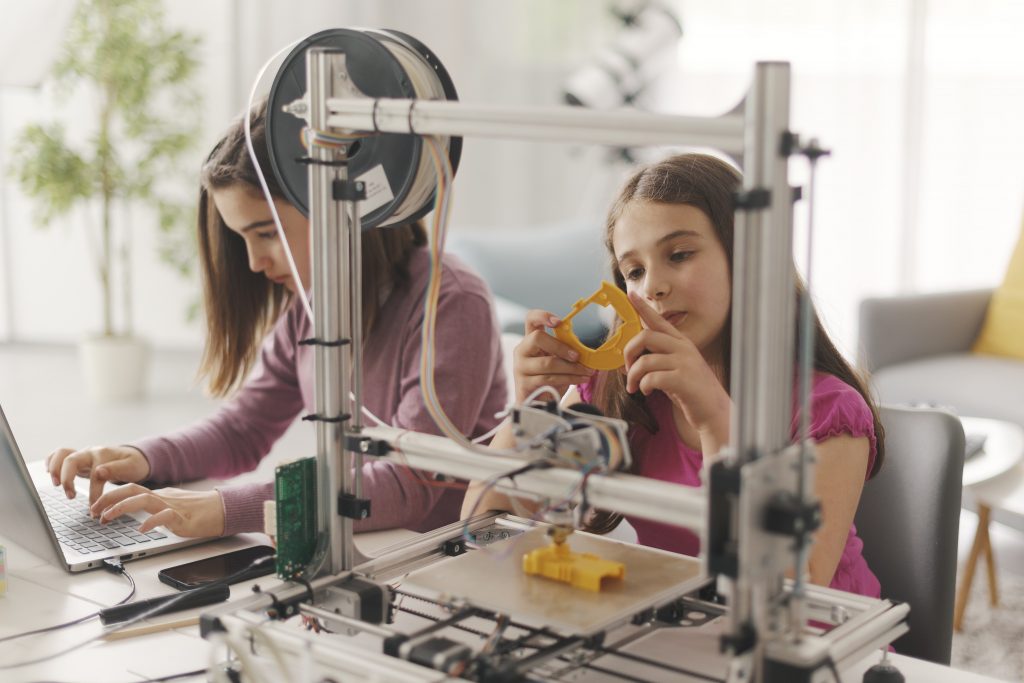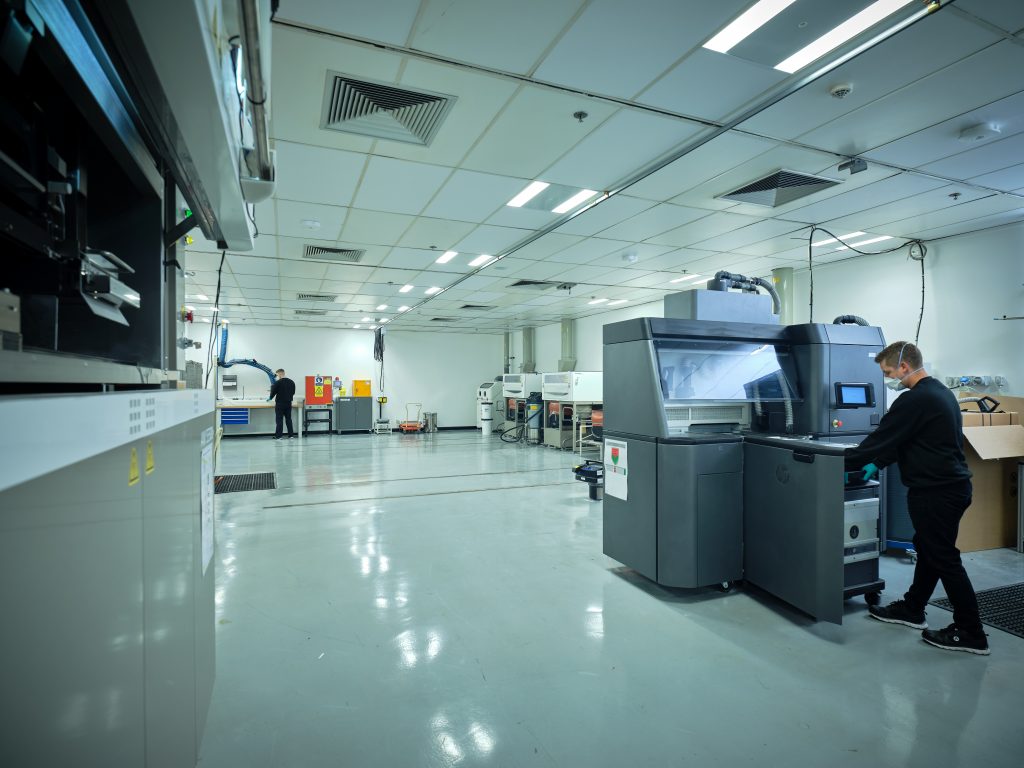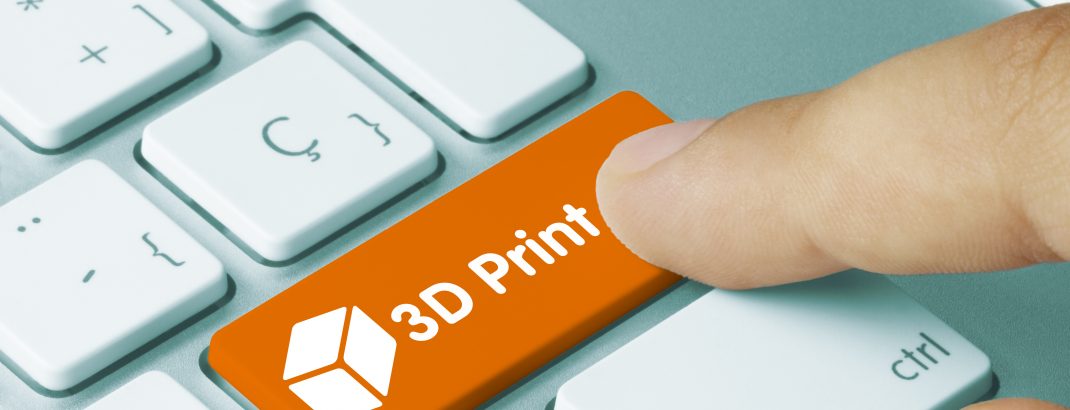As part of our ‘What are the advantages of 3D printing?‘ series we’re taking a closer look at each of our top ten factors. In this article we explore the ease of accessibility to 3D printing.
It surprises many people that 3D printing has existed since the 1980s. The reason for this is that it was previously only used for very specialist applications and was simply too expensive to be used as a mainstream manufacturing technology.
Vast improvements in hardware and materials since the turn of the century have changed that and made the technology increasingly more accessible and cost effective. A clear indicator that any technology has hit the mainstream is when you can purchase your 3D printer alongside your grocery shop, as the likes of Aldi and Amazon have caught on to the trend!
In fact, the emergence of affordable home 3D printers means the technology is now available to anyone, deliberately designed to be simple enough to operate by the home hobbyist. This has given rise to a cult-like following and buzz around the technology that simply doesn’t exist with any manufacturing method. Thanks to open source designs and free file sharing sites it’s also not necessary for the user to have any CAD design skills, democratising the technology for any user.

The difference between ‘3D printing’ and ‘additive manufacturing’ is simply down to the technology. The term ‘3D printing’ has historically been associated with low-end technology aimed at the hobbyist, typically FDM or FFF. ‘Additive manufacturing’ is commonly used to describe production on an industrial scale and encompasses more of the many technologies on the market today such as SLS, MJF, SLA, as well as industrial FDM printing. Increasing media attention in recent years though has led to the more marketable and widespread use of ‘3D printing’ to encompass everything, and inevitably adopted by the industry too.
As with any emerging technology, additive manufacturing started off as niche and specialist, with only a few companies offering the service due to the high price point for entry. Technology and material developments have since expanded the menu of 3D offerings and, coupled with demand from end users, driven the price point down – enabling the emergence of companies specialising in offering additive manufacturing services (known as service bureaus). These services have improved accessibility for the industry itself, by de-risking hardware investment and offering a menu of technologies to cover all applications.
It’s impossible for a manufacturer to have everything in-house and keep up with the pace of development, so it is becoming increasingly more cost effective to use the specialist services of a print bureau instead. This also provides the opportunity to tap into the expertise of the 3D engineers who know how to optimise the systems and offer complimentary services in CAD design, material testing and post processing. It is no longer necessary for a company to resource this range of skills in-house.

The process of ordering parts is more accessible and easier than ever too, with resources available at the click of a button to help users select the right material and print technology for their application via online print platforms, rendering the whole manufacturing process increasingly more “Amazon-like”.
This increased accessibility has important societal benefits by creating opportunities for a much wider section of the population. There are, undoubtedly, innovative and game-changing products that will come to market which would never have seen the light of day had the cost barriers of conventional manufacturing continued.
